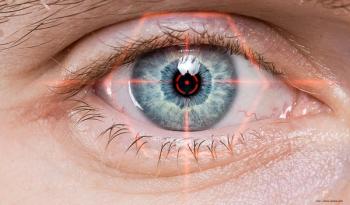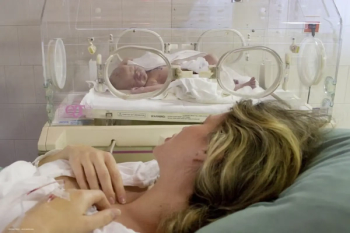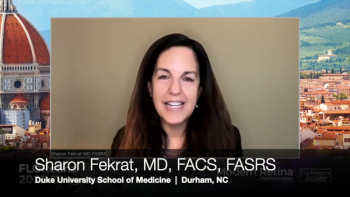
SD-OCT easier for paediatric cases
SD-OCT is easier to use when obtaining measurements in children, compared to time-domain OCT, claims a recent study in the British Journal of Ophthalmology.
SD-OCT is easier to use when obtaining measurements in children, compared to time-domain OCT, claims a recent study in the British Journal of Ophthalmology..
Dr Mays El-Dairi et al., Department of Ophthalmology, Duke Eye Centre, Durham, North Carolina, USA, retrospectively and prospectively identified 83 eyes of 83 children from the paediatric glaucoma clinic. Peripapillary retinal nerve fibre layer (RNFL) and macular thickness and volume (MV) were compared between four groups. This included normal eyes, eyes with physiologic cupping, mild glaucomatous eye and IOP and severe glaucoma.
SD-OCT findings were compared with TD-OCT values in a subset of subjects who underwent same day scans with both devices. Exclusion were children with neurologic disorders, refractive error >±5 D, pseudophakia and prematurity.
SD-OCT measurements of average RNFL thickness and MV varied among normal eyes, physiologically cupped and severe glaucoma. SD-OCT and TD-OCT measurements made on the same day correlated linearly, but SD-OCT measurements presented with a lower RNFL and higher macular thickness than TD-OCT. In eyes with severe glaucoma, 30% of patients demonstrated unreliable TD-OCT measurements, but reliable SD-OCT measurements.
To read the abstract please click
Newsletter
Get the essential updates shaping the future of pharma manufacturing and compliance—subscribe today to Pharmaceutical Technology and never miss a breakthrough.













































